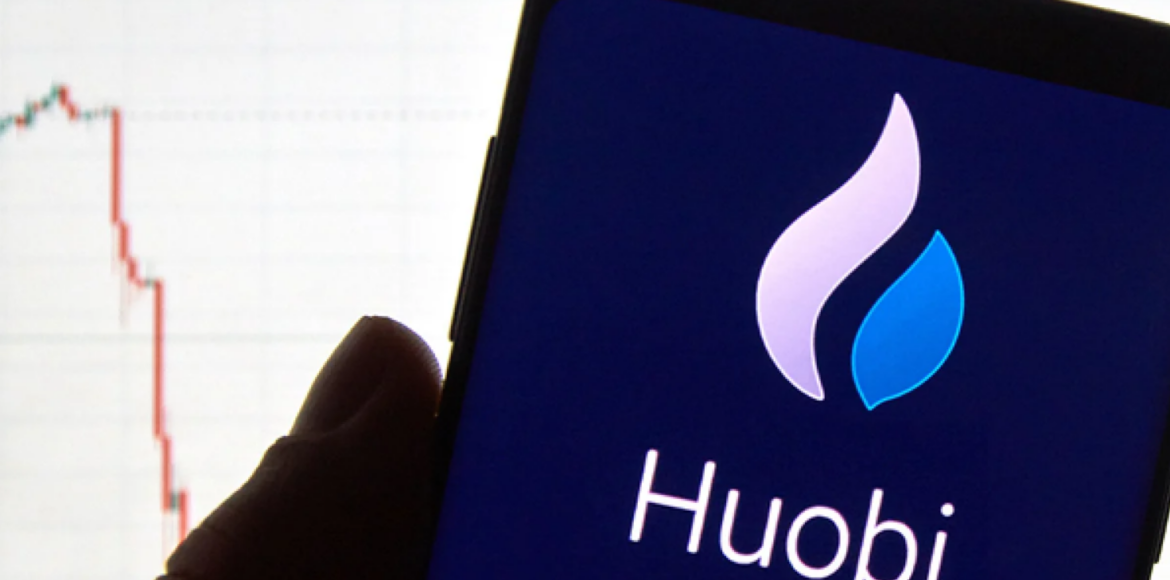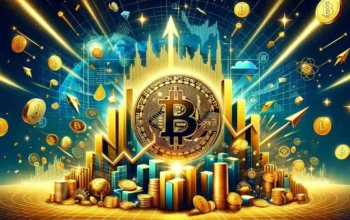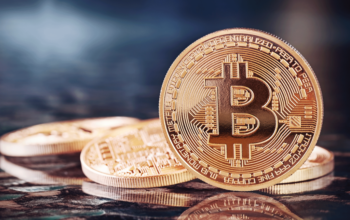Introduction
Recent allegations surrounding Huobi Exchange’s financial stability have sent shockwaves throughout the cryptocurrency community. The accusations, primarily propagated by Adam Cochran, a seasoned business development leader in the crypto space, have raised concerns about the solvency and transparency of Huobi. In this article, we delve into the claims made against the exchange and attempt to separate fact from fiction.
- Summoned Executives: A Disturbing Turn of Events
The first red flag raised by Cochran was the reported summoning of Huobi executives for questioning by law enforcement. This development immediately drew attention to the inner workings of the exchange, casting doubts on its operational integrity.
- Suspicious Balance Changes and stUSDT Launch
Cochran further pointed out suspicious changes in Huobi’s balances and the launch of stUSDT (a stablecoin pegged to the US Dollar) under the supervision of Justin Sun, the influential figure behind TRON. These events, while not definitive proof of insolvency, did contribute to growing unease within the crypto community.
- Binance Identifies Risks
Crypto exchange giant Binance was quick to identify potential risks associated with Huobi’s situation. This proactive stance raised the question of whether other industry players shared concerns about Huobi’s financial state.
- Justin Sun’s Claims and Token Ownership
Justin Sun’s counterclaims did little to quell the concerns. Cochran’s assertion that approximately 98% of all stUSDT tokens were in Sun’s possession raised eyebrows, contributing to a growing sense of skepticism.
- Asset Discrepancy: A Cause for Alarm
Perhaps the most significant alarm bell Cochran sounded was the stark contrast between Huobi’s reported assets ($90 million) and the funds held by exchange users ($631 million). Such a glaring disparity, if accurate, would undeniably call into question the exchange’s ability to honor withdrawal requests during times of high demand.
- Vulnerability to Mass Withdrawals
The potential inability of Huobi to withstand a mass withdrawal of funds due to its alleged financial limitations added to the mounting concerns. The possibility of a scenario in which the exchange faced insurmountable liquidity pressure left many wondering about the future of Huobi.
- Binance’s Involvement and USDT Rate Impact
Cochran’s claims suggested that CZ, the founder of Binance, began exchanging USDT for DAI in response to the situation, leading to a loss of the USDT’s peg to $1. This particular outcome further amplified concerns regarding the stability of USDT and its broader implications for the cryptocurrency market.
Response from Involved Parties
In response to the allegations, Justin Sun provided a simplistic “4” rating on the FUD (Fear, Uncertainty, Doubt) scale, mirroring the dismissive approach taken by Binance’s CZ when addressing similar situations. Huobi representatives also responded by labeling the allegations as mere rumors.
Rumor or Truth: The Verdict
At present, it is crucial to approach these allegations with a healthy dose of skepticism. While Cochran’s claims highlight several troubling aspects of Huobi’s operations, they should not be taken as conclusive evidence of insolvency. The crypto industry is rife with rumors, misinformation, and orchestrated FUD campaigns, making it challenging to discern fact from fiction.
In Conclusion
The cryptocurrency landscape is no stranger to controversies and uncertainties. The allegations surrounding Huobi Exchange’s financial stability are a stark reminder of the need for transparency, due diligence, and careful consideration when evaluating the health of any crypto platform. As the situation unfolds, it is advisable to rely on verifiable information from trusted sources before drawing any definitive conclusions about Huobi’s solvency.








